Tucked behind the steering wheel of all hybrid Lexus IS, NX, GS, RC and RX models is a pair of silver paddle shift switches. Positioned within immediate reach of the driver’s fingertips, the paddle on the left is engraved with a ‘-’ sign and the one on the right is engraved with a ‘+’ sign.
Pulling on these paddles enables the driver to take greater control over the automatic transmission. Why might this be necessary, and in what circumstances might you want use the paddles? To answer these questions, let us first get a deeper understanding of the vehicle’s transmission.
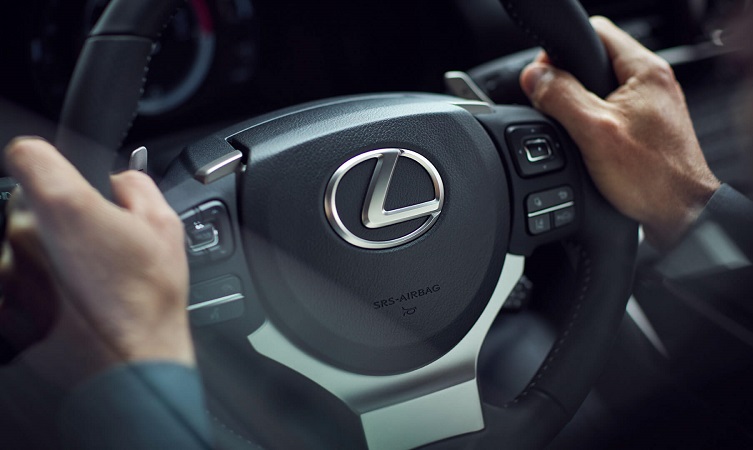
Lexus E-CVT
All Lexus petrol-electric hybrid models are equipped with our electronic continuously variable transmission (E-CVT), which has an infinite number of gear ratios at its disposal. The system controlling this transmission constantly analyses prevailing conditions to select the optimal gear ratio for that precise moment. When that moment passes, it moves seamlessly and imperceptibly to the next ratio.
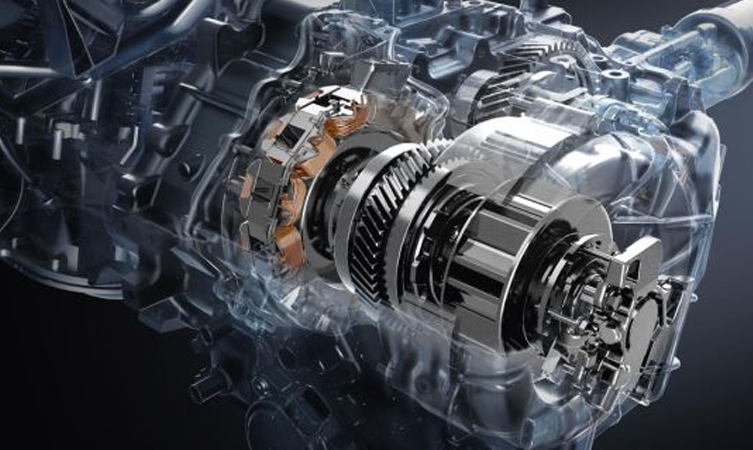
This imperceptible transitioning between infinitely variable gear ratios is a key element in delivering the refined driving experience valued by Lexus customers. But we are aware that some drivers might miss the stepped sensation of fixed gear ratios being engaged, as there usually is in cars with traditional transmission types.
This is where the paddle shift switches come into play. Activating these paddles generates a feeling similar to the manual changing of gear ratios and is designed to enhance driver engagement.
Lexus paddle shift switches
Using the paddle switches brings the E-CVT into a manual override mode that provides a six-step sequential function. It is a system designed to provide a more linear match between increases in engine and vehicle speed.
Each of the steps is not a fixed gear ratio but a shift range selection that narrows the operation of the transmission into six predetermined areas. Changing from one step to another alters the level of engine braking and grants the driver the flexibility of operating the car in the shift range of his or her choice.

It is a system designed to provide a more linear match between increases in engine and vehicle speed
By manually selecting a lower shift range with the paddle switches, the driver can access greater accelerative force than is normally possible in a higher shift range. It can also increase engine braking force under deceleration by raising engine revolutions.
For example, the driver may want to use the paddles to manually hold the engine in a set range while negotiating a long, sweeping bend, or introduce increasing levels of engine braking when approaching a roundabout. Adding a measure of engine braking could also help the driver maintain a comfortable pace when descending long hills, although this method is actually less efficient at regenerating electrical energy for the hybrid system than using the foot brake.
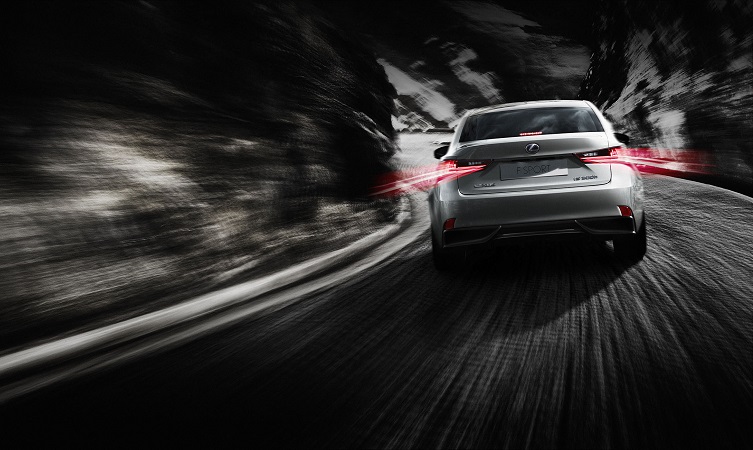
Selecting shift ranges in the ‘D’ position
To enter manual mode when the transmission is in ‘D’ position, simply pull the ‘-’ paddle. The initial shift range (from D2 to D5) is displayed in the instrument cluster and is automatically set according to the vehicle speed.
After the manual mode is activated, all steps from D1 to D6 become available, and can be selected by pulling the relevant paddle shift switch. However, the programme is designed to protect the engine from straying beyond the rev limits of each shift range. In such circumstances, the system will automatically select a gear that is more appropriate to the vehicle speed.
To return the transmission to its automatic ‘D’ function, simply pull the ‘+’ paddle until the shift range number disappears from the instrument cluster.
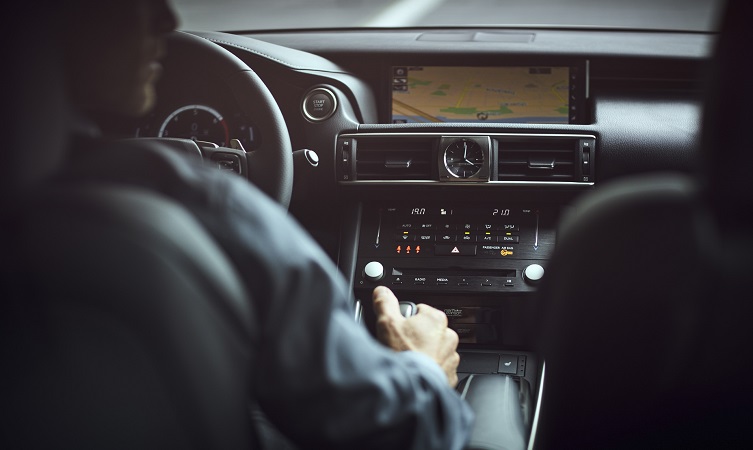
Selecting shift ranges in the ‘S’ position
To enter ‘S’ (sport) mode, simply move the shift lever in the centre console from ‘D’ to ‘S’. The initial shift range (from S2 to S5) is displayed in the instrument cluster and is automatically set according to the vehicle speed.
After this manual mode is activated, all steps from S1 to S6 become available, and can be selected by pulling the relevant paddle shift switch or by gently pulling/pushing the shift lever. However, the programme is designed to protect the engine from straying beyond the rev limits in shift ranges one through four. In such circumstances, the system will automatically select a gear that is more appropriate to the vehicle speed.
To exit ‘S’ mode, simply slide the shift lever back into fully automatic ‘D’ mode.
Learn more: Perfect partners – E-CVT and hybrid
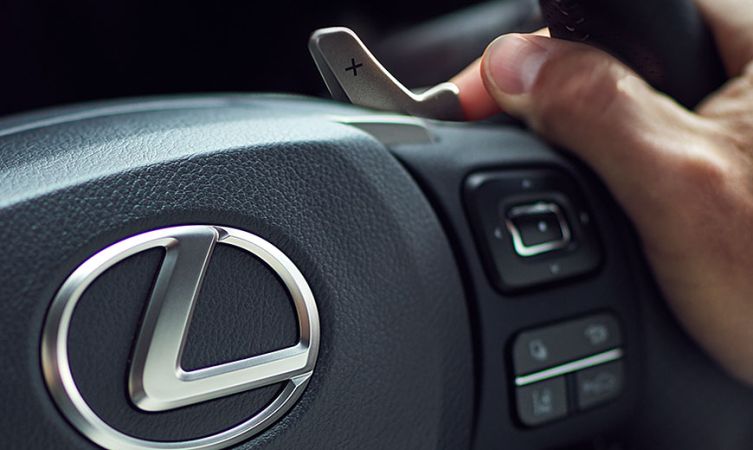

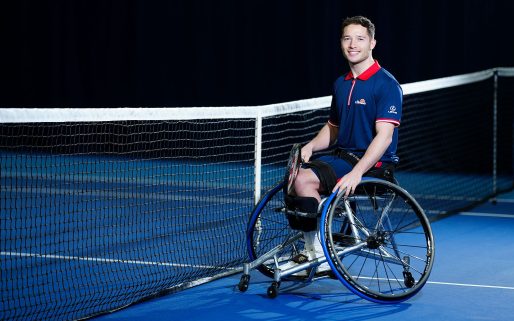
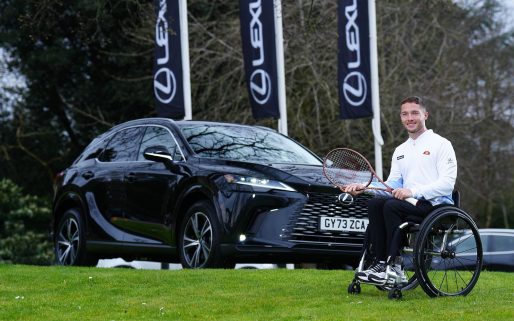

IS300H 2019 owner.
What I want to know is: are there any graphical/data information on the car performance in EACH of the S-paddle selections.
Hello Lev,
Thanks for your comment.
Please provide your vehicle registration so we can look into this for you.
Thanks.
What is the point in making the driving experience more complicated and technical. A lot of expense apparently in an inefficient and impractical output.
Morning Bob,
We’re not sure we understand your question?
Thank you.
How to turn off gear position on dashboard display?
Hello Kelly,
We are not quite sure what you mean.
Could you elaborate please?
Thanks.
Press and hold “plus”/right paddle.
Press and hold “plus”/right paddle.
Considering buying a UX.
Which setting(s) are best for snow and ice?
Hi Poppy, thanks for your comment.
Different models have different settings. Some of our models have a particular ‘snow’ mode.
Thanks,
Lexus UK
Can you switch off the option of automatic selecting gear on high rev when using sport mode?
Hi Lukasz, thanks for your comment.
Please could you provide your registration number so we can check the details of your vehicle.
Thanks,
Lexus UK
Hello.
Sorry for late reply. My reg number is: LM*****.
Hello Lukasz,thank you for the reply.
The programme is designed to protect the engine from straying beyond the rev limits in shift ranges one through four. In such circumstances, the system will automatically select a gear that is more appropriate to the vehicle speed. Once in 5 or 6 then the vehicle can hold the engine speed higher, rev limiters will then be a factor.
Thanks,
Lexus UK
Hello Lexus.
I’m about to buy a 2020, RX450h. Paddle shifting is new to me, so can you tell me whether it’s possible to accidentally engage a paddle? Generally I drive is in suburban areas and undramatic English countryside. Would there actually be a realistic need for using this manual shift option?
Is there’re a price to pay – either a mechanical or an economical one – for just leaving these paddles alone? I seemed to manage very well without them in my older Lexuses.
Finally, is there a visual aid on the instrument panel that tells me if I have engaged a manual gear?
Many thanks.
Hi Jeremy, thanks for your comment.
It’s good to hear of your interest in the Lexus RX. The use of the shift paddles is completely optional, many people choose not to use them. If you do, information is displayed on the digital dashboard.
Thanks,
Lexus UK
Lexus gs350 2013. When i pedal to the metal while on 2nd gear, it doesnt downshift automatically to 1st. This what actually happened, i was moving very gently and then car gets to 2nd gear from 1st as it suppose to be, and then when i floor it while it was in 2nd it does not drop gear, it accelerating continuously from 2nd and then goes 3rd. And i use paddle shifter (-) to downshift to 1st in this kind of situations. And i heard that lexus gs-f does that too. Is it like safety feature? Is this how the transmition works?
Hi Mustafa, thanks for getting in touch.
We’d recommend speaking to your local Lexus Centre so the team there can take a quick look at this to confirm.
Thanks,
Lexus UK
Hi, is there any regenerative benefit by using the shift paddles to brake? Does excessive use shift paddles aid in braking cause more wear and tear?
Good afternoon Mike,
We’d kindly recommend getting in touch with your local Lexus Centre for technical advice such as this.
Thank you.
that was an unhelpful answer!!
My previous hybrid car, a Mitsubishi PHEV, had regenerative braking (braking rather than transmission adjustment) operated by paddles behind the steering wheel. I got very used to the convenience of this as it meant less ‘tap dancing’ between brake pedal and accelerator, say when approaching a T-junction or roundabout. Can the Lexus paddle shifting feature be operated in the same way, i.e. flicking the paddle progressively to slow the car down etc?
Good afternoon Simon,
We’d recommend checking your owner’s manual here: https://www.lexus.co.uk/owners/about-my-lexus/manuals
Thank you.
Hello Lexus,
I have a 2012 RX450h with the standard steering wheel and would like to swap it for the F Sport steering wheel with paddle shifters. Is that possible? I have found a used OEM F Sport (2012~2015) taken from an RX450h, in good nick. Good thing the buttons on the steering corresponds with those on my standard steering, except it has 1 more button (bottom far right side). Should be OK, correct?
Awaiting your swift reply, thank you!
Hello Noel,
Thank you very much for your question.
Your local Lexus centre should be on hand to help you with this query: https://www.lexus.co.uk/.
We cannot assist you with technical questions.
If you have any further questions, please do not hesitate to ask.
Many thanks,
Lexus UK
Good day Simon. I had a 21rav4 prime for 4 years and I used the paddles all the time slow down, exactly as you did with the Mitsubishi. It works great Nothing gears down, but the regen increases. I am awaiting a 25 nx450h+ the end of August. As a aside, the lecxus and Rav have the same power train.